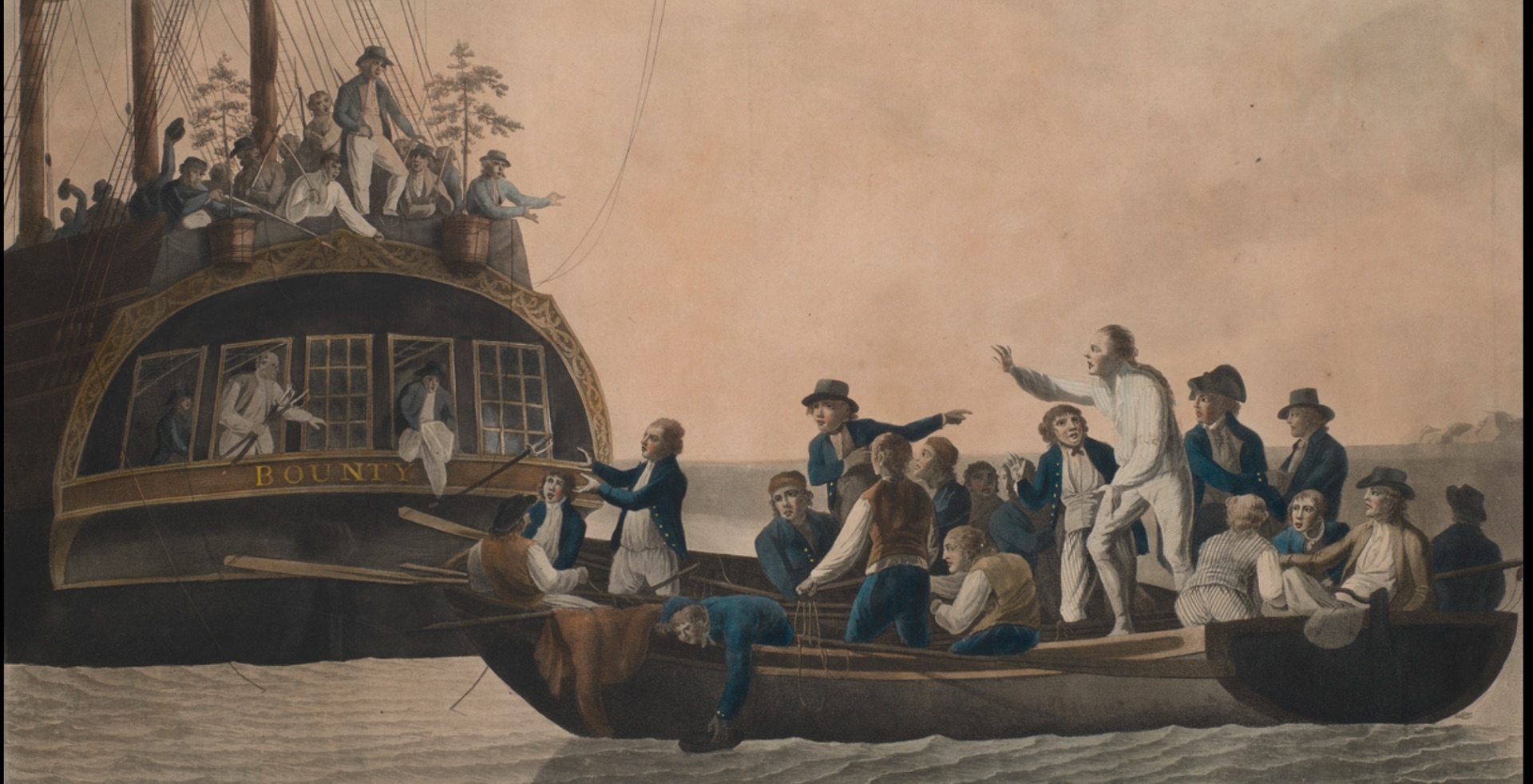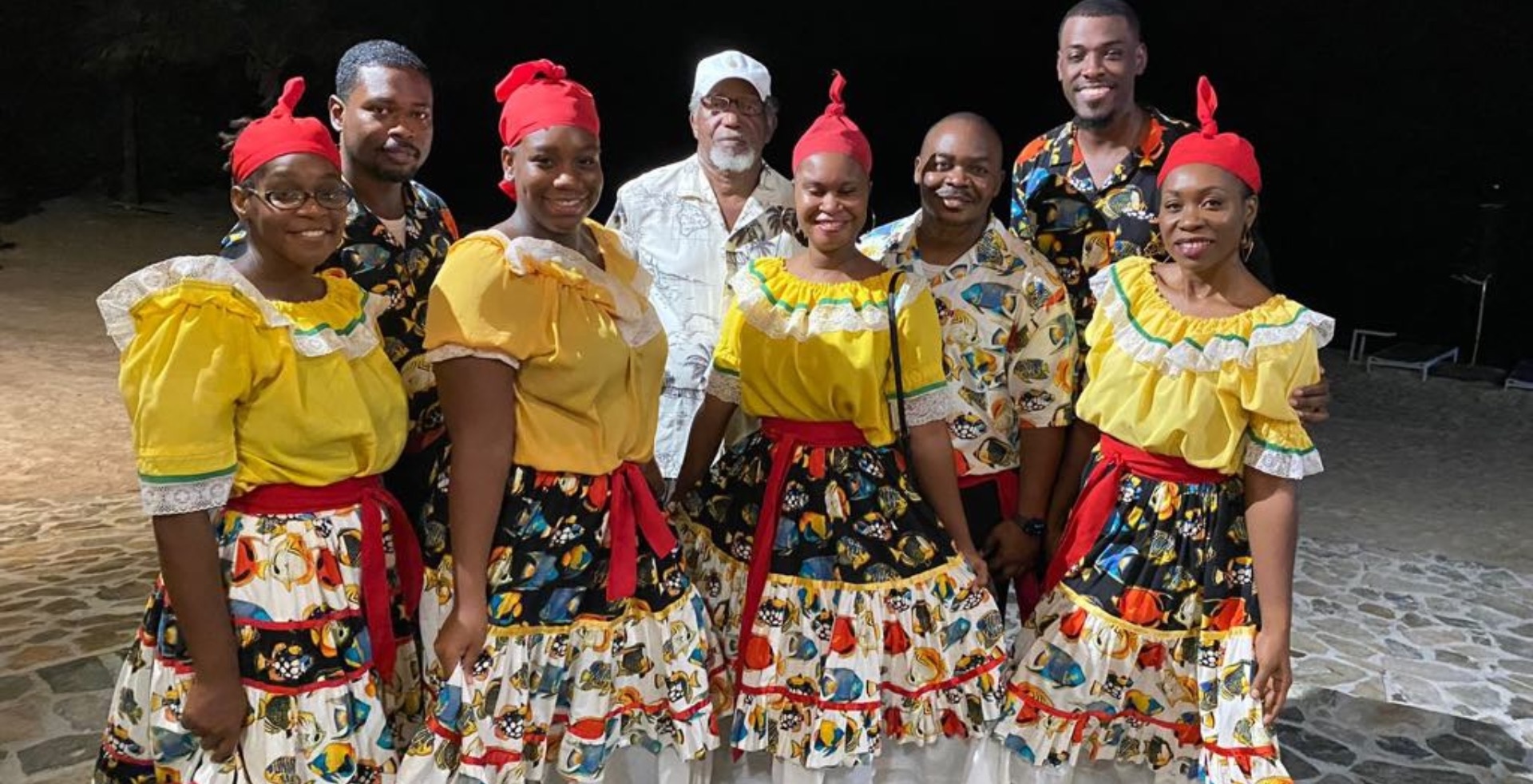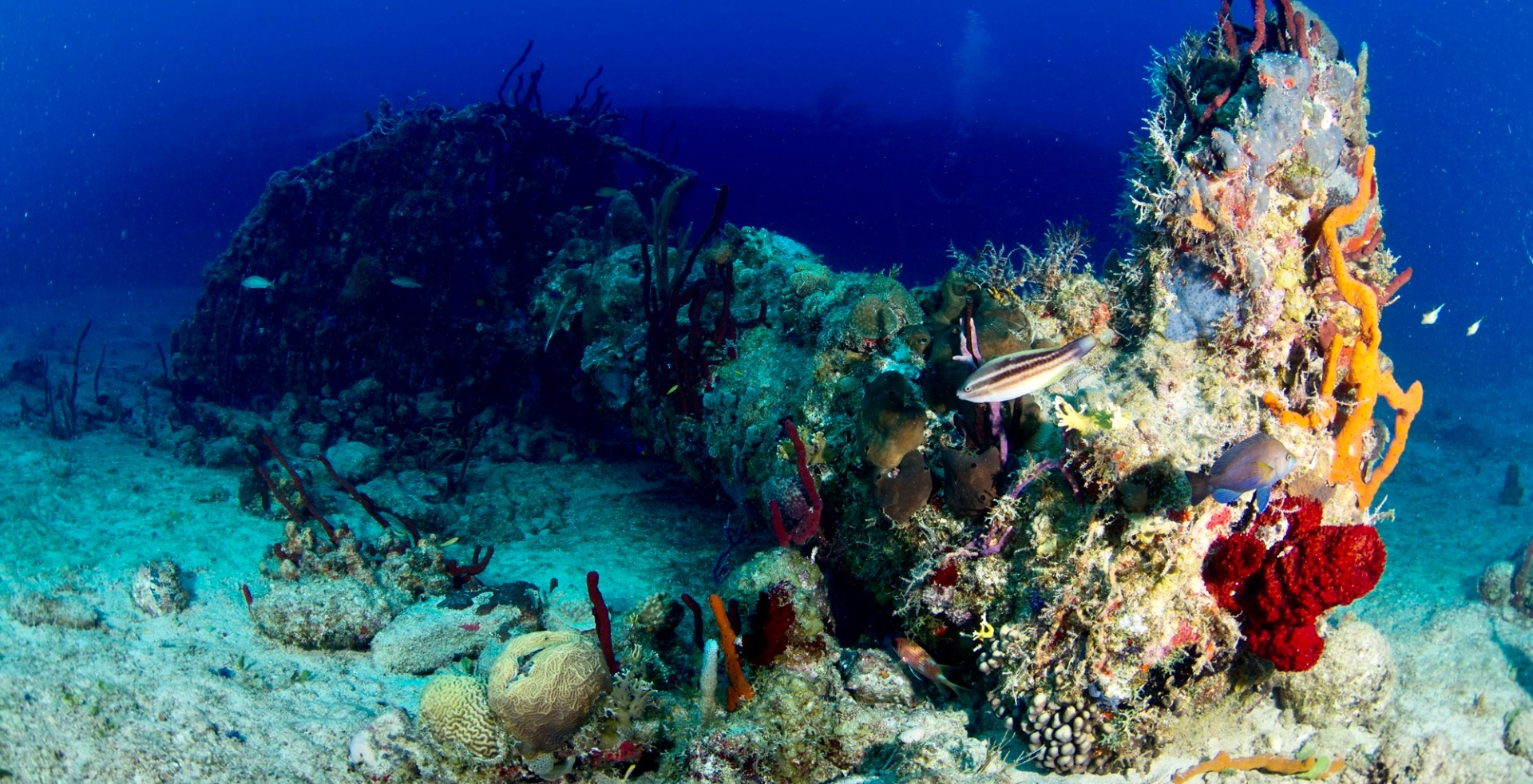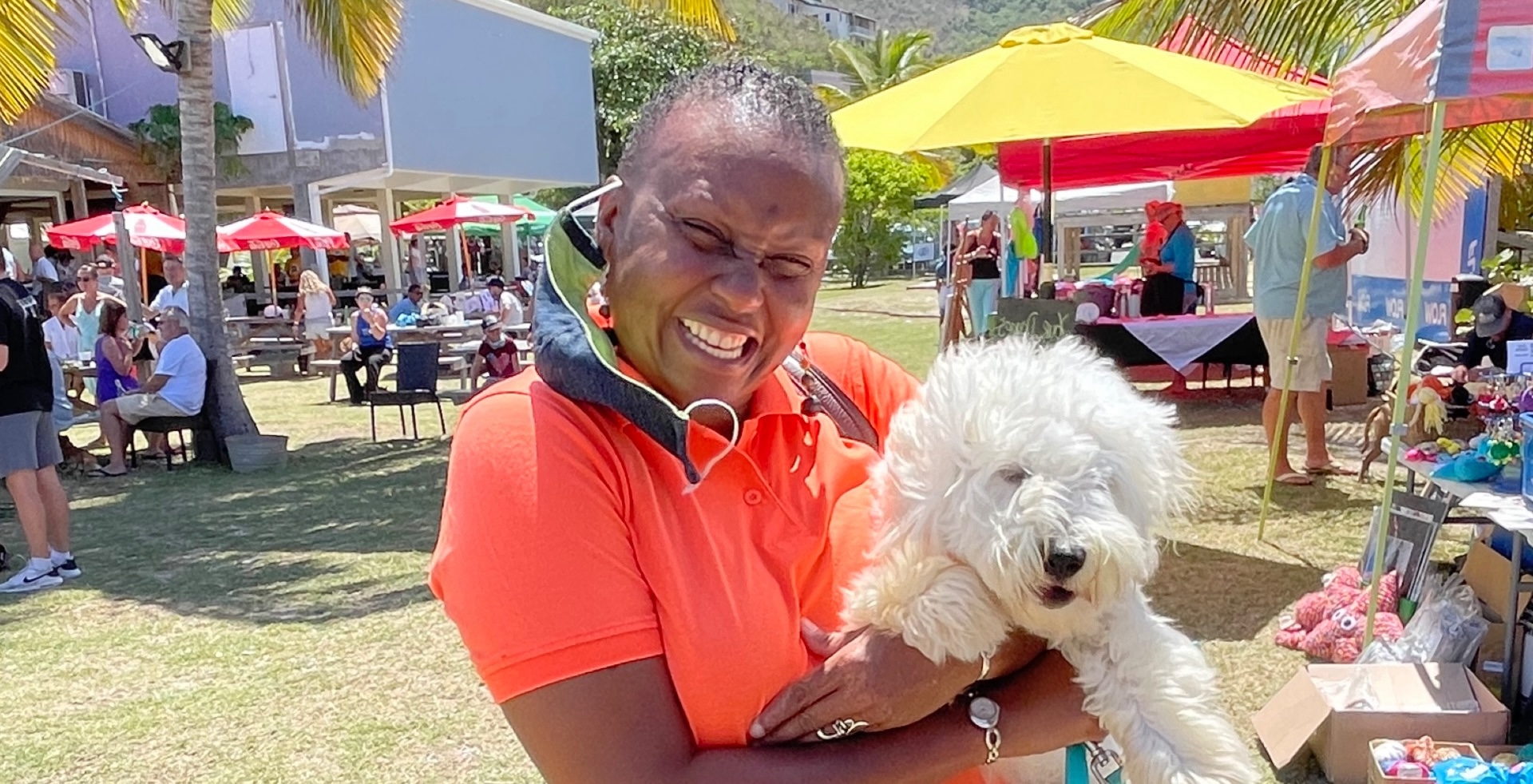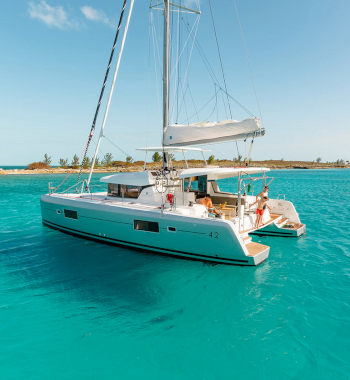Eight of the BVI’s “Under the Radar” Gems
I have scrambled over the boulders at The Baths, and floated in the sheltered waters of Cane Garden Bay, Tortola’s favorite beach for families and sun lovers. I have had Painkillers at White Bay on Jost Van Dyke, and visited the Virgin Gorda Coppermine, one of the BVI’s most interesting historical sites.
From the treasure caves at Norman Island to Virgin Gorda’s opulent North Sound, the BVI features many spectacular places to visit. But where do you go after you have been to the islands’ most popular attractions? For me, there is nothing better than packing a picnic, putting on my walking shoes and exploring one of the BVI’s many under the radar gems. Here are a few of my favorites.
Tortola
Brewer’s Bay: The name Brewer’s Bay says it all. This area was once covered in sugar cane and the remains of a rum distillery and plantation structures still can be found. With only one beach bar and no restaurants, Brewers Bay beach is less popular than neighboring Cane Garden Bay to the west. The area behind the beach is lush and tropical, conjuring a more primal time in the BVI’s history. The water is generally calm, especially in summer and spring, although take care when the winter swells are up since there can be large waves and a substantial undertow. If you like to snorkel there is a reef a bit further out, and if you like to walk like I do, stroll from the western end by Nicole’s Beach Bar to the eastern end where there is a lovely meadow. Since I am a history buff, I enjoy exploring a lesser-known aspect of Brewer’s Bay, the still visible remnants of the plantation era, including the vestiges of a rum distillery precariously perched along the road on its eastern end. For the more adventurous, a dirt track across from these remains leads to a roofless stone plantation structure tucked into the bush, most likely an 18th century sugar mill.
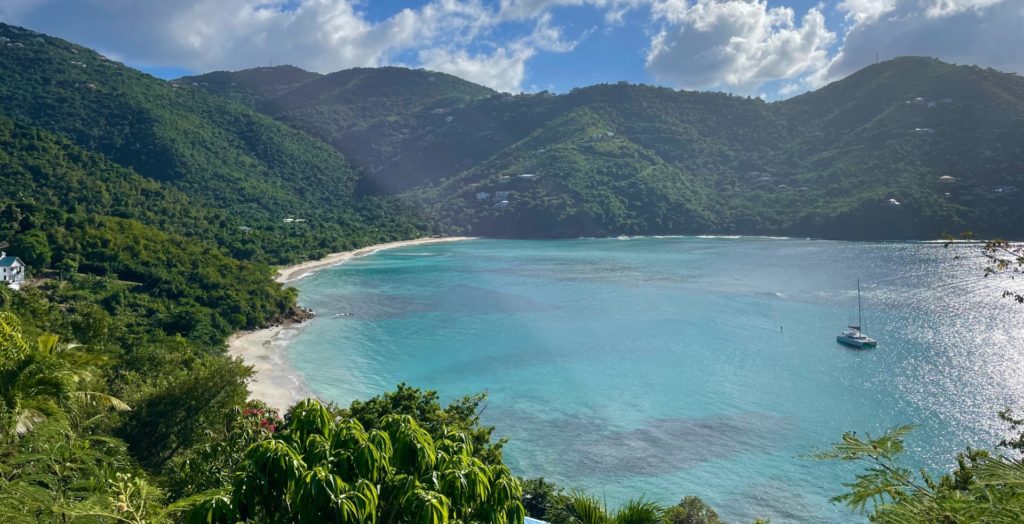
Mount Healthy Windmill: The late 18th century windmill overlooks a valley above Brewer’s Bay. It can be accessed from the eastern Brewer’s Bay road and overlooks a verdant valley above Brewer’s Bay. Shady and cool, with benches and a picnic table, I picnic here from time to time with family or friends. The large stone windmill which looms large on the site transports me back to the BVI’s sugar growing past. The structure was built by Bezaliel Hodge prior to 1780 but upon his death was taken over by the island’s largest landowner James Anderson. The power generated by the windmill was used to operate a crusher to extract juice from the sugar grown on the surrounding hillsides. Most mill rounds in the BVI were animal operated, and the Mount Healthy Windmill is the only known wind operated mill in the territory.

Trunk Bay and Little Bay. Trunk Bay can be accessed from the Ridge Road in central Tortola. Before the road was built, I would hike to Trunk Bay along a rough cow path. It was quite a challenge, and now I am just as happy to drive. Wind your way down the road through a private housing estate until you reach sea level. The beach is considered one of the BVI’s most beautiful. It is wide with luxuriant white sand; a plantation ruin is hidden in bush at the back of the bay and sea turtles often nest here (the name, Trunk Bay, is derived from nesting leatherbacks, who are referred to locally as trunk turtles).
Little Bay is another hidden gem that lies just beyond Lambert Bay on Tortola’s East End. To get here you will need a sturdy four-wheel drive vehicle. If driving along the East End road from town, turn left at the East End Police Station. Go up the hill and turn right at the top and follow the road eastward for another quarter mile or so. When the paved road becomes a rough dirt track continue straight and follow it down to an informal parking area at the bottom. A narrow path will lead to a wide sand beach with a tumble of rocks on either end. There isn’t a lot of shade here, but if you want sun and to hang out at a stunning out of the way beach, you have come to the right place.
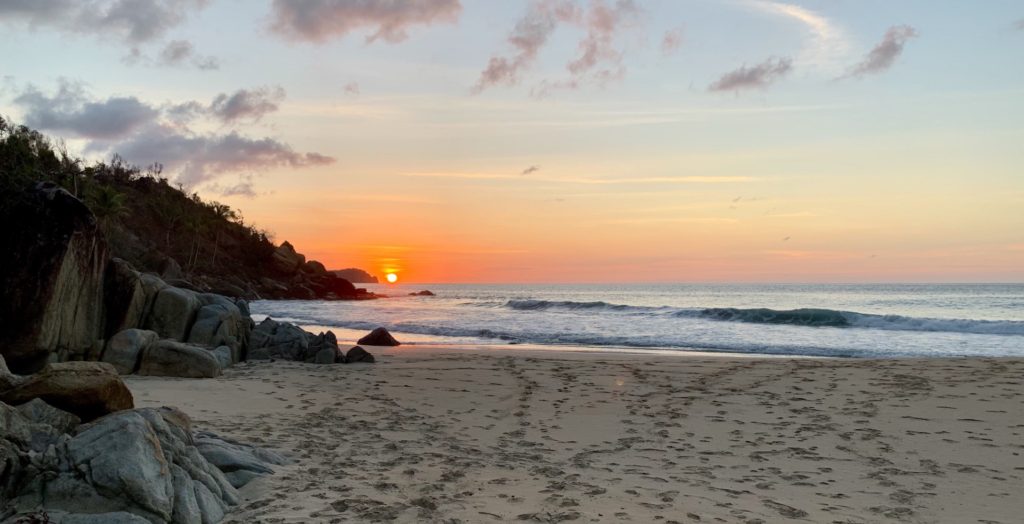
North Shore Shell Museum: One of Tortola’s most unusual museums is the North Shore Shell Museum in Carrot Bay. Carrot Bay is a picturesque fishing village on Tortola’s northern shore and the Shell Museum is a quirky and fun place to stop when driving through. Located in a wooden open-air structure on the water’s edge in Carrot Bay, it is run by Carrot Bay resident, Egbert Donovan, a fisherman, restauranteur and avid promoter of the BVI’s cultural heritage. When Egbert is there, he may recount stories about the island’s traditions and what it was like when he was growing up. As the name implies, there are a myriad of conch shells on display and for sale, and hand painted wooden boards are filled with local sayings . . . some wise, others amusing.
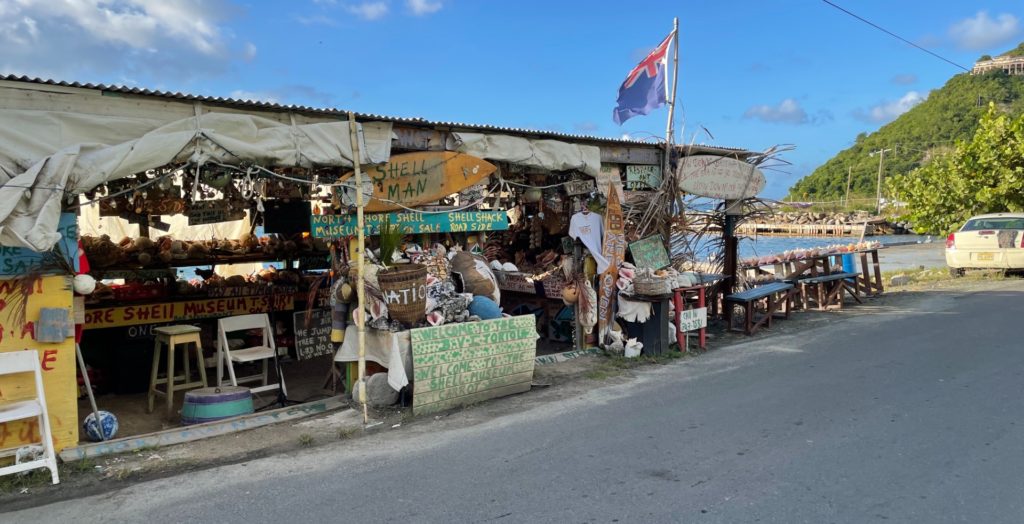
Virgin Gorda
Spring Bay: The Baths are where grownups go to play. The boulders are awe inspiring and scrambling over them makes you feel like a kid again. But The Baths are only one part of this beautiful national park, which is actually comprised of three awesome beaches, Devil’s Bay to its south (linked by a trail through the boulders from The Baths) and Spring Bay to its north. Of these, Spring Bay is one of my favorite. It is reached by a separate entrance just north of The Baths and is much quieter than its more famous sibling. Sprinkled with the same awe-inspiring granite boulders as its neighbor (although less liberally), Spring Bay has a a sense of peaceful grandeur. I can happily float in its sheltered waters or swim out to one of the several boulders that sit majestically off shore and contemplate just how lovely it is to be in this special corner of the Caribbean.
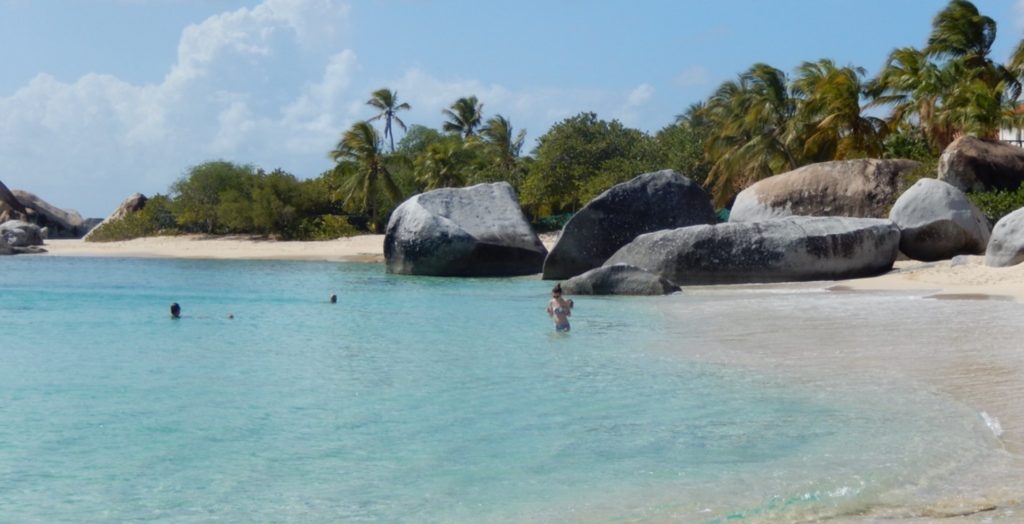
Gorda Peak: Sage Mountain, located on Tortola, is one of the BVI’s most well-known national parks, but its sister park, Gorda Peak on Virgin Gorda, is also well worth a visit. At 1,370 feet it is the highest point on Virgin Gorda. Gorda Peak may not have the lush tropical rainforest feel of Sage Mountain, but this 265-acre park’s dry forest habitat is rich in biodiversity and has its own distinctive appeal. Elephant ears and ferns are sprinkled throughout the park. It is also home to several endemic and endangered species of animals and plants, including bromeliads and several types of native orchids. Not being much of a wilderness hiker, I find the walk to the top enjoyable. It is located at the center of the island at the 1,000-feet point. If driving, take the road that leads from The Valley to North Sound. A small sign will let you know where to stop). An observation deck at the peak offers a panoramic view of the Sir Francis Drake Channel and several BVI islands.
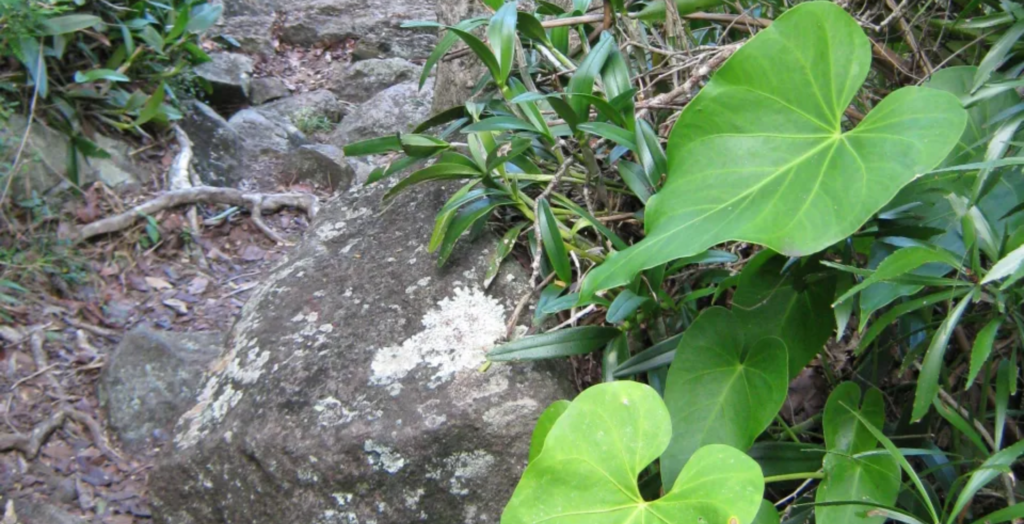
Anegada
Head Start Nursery, Anegada: This unique facility run by the Virgin Islands National Parks Trust is committed to the restoration of the endemic and critically endangered Anegada Rock Iguana. My first trip here was soon after it was established in 1997. I was impressed by the nascent facility and its efforts to protect this unique and fascinating species and I highly recommend that anyone going to Anegada visits the facility.
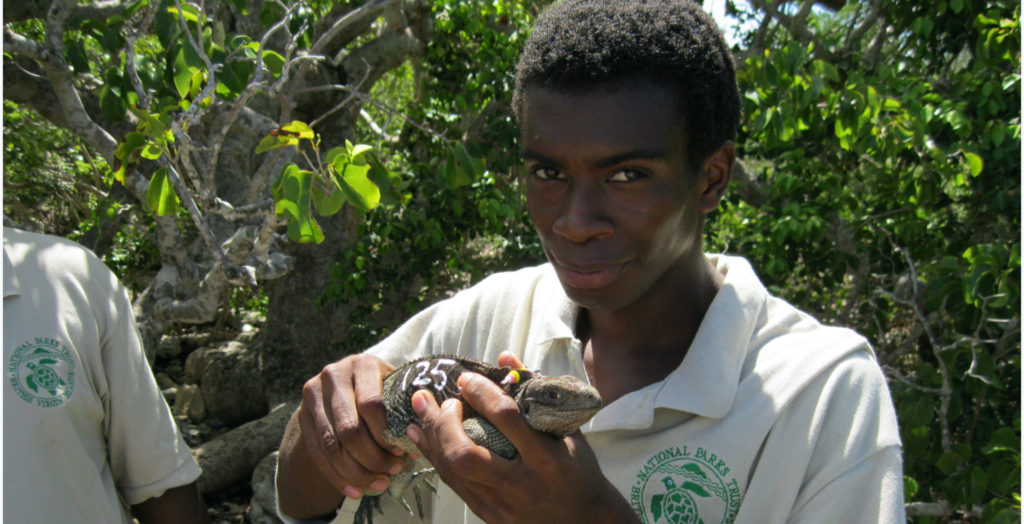
The Anegada Rock Iguana is vulnerable to both habitat loss, and predation by cats. Sadly, perhaps 90% of iguanas fall victim to cats. Protecting these creatures, and ensuring that they are brought back from the edge of extinction, is the mission of the Virgin Islands National Parks Trust and a group of conservation organizations, including the International Union for the Conservation of Nature and the Fort Worth and San Diego Zoos. The program’s straight forward aim is to protect the iguanas until old enough to fend for themselves. Trained staff, with the help of Anegada residents, search for iguana nests. When the eggs hatch, a portion of the hatchlings are transferred to the Head Start facility where they are fed and nurtured until large enough to be released back into the wild. It is heartwarming to see these young iguanas thrive in this protected and nurturing environment.
Great Tobago Island: If you are sailing, make sure to sail past Great Tobago which can be found in the westernmost border of the island chain. This bird sanctuary is a nesting area for several of the region’s well-known sea birds. One of my biggest thrills is to watch the spectacular Tropicbird with its majestic plume-like tail swoop in and out along the island’s steep rock cliffs. Some other sea birds commonly seen here include brown boobies and the magnificent frigatebird (males are noted for the red pouch at their throat which in a gaudy display balloons out to attract females). Frigatebirds are a regionally endangered sea bird and yachtsmen anchoring at Great Tobago are asked not to go ashore and disturb their nesting grounds.


